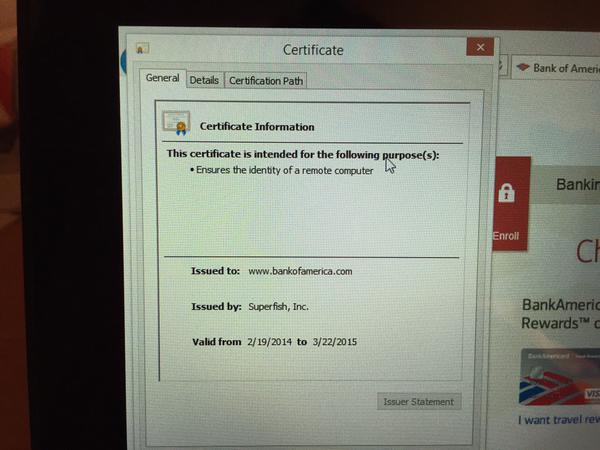CVE-2019-5700 is a vulnerability in the Nvidia Tegra bootloader, discovered by [Ryan Grachek], and breaking first here at Hackaday. To understand the vulnerability, one first has to understand a bit about the Tegra boot process. When the device is powered on, a irom firmware loads the next stage of the boot process from the device’s flash memory, and validates the signature on that binary. As an aside, we’ve covered a similar vulnerability in that irom code called selfblow.
On Tegra T4 devices, irom loads a single bootloader.bin, which in turn boots the system image. The K1 boot stack uses an additional bootloader stage, nvtboot, which loads the secure OS kernel before handing control to bootloader.bin. Later devices add additional stages, but that isn’t important for understanding this. The vulnerability uses an Android boot image, and the magic happens in the header. Part of this boot image is an optional second stage bootloader, which is very rarely used in practice. The header of this boot image specifies the size in bytes of each element, as well as what memory location to load that element to. What [Ryan] realized is that while it’s usually ignored, the information about the second stage bootloader is honored by the official Nvidia bootloader.bin, but neither the size nor memory location are sanity checked. The images are copied to their final position before the cryptographic verification happens. As a result, an Android image can overwrite the running bootloader code. Continue reading “This Week In Security: Tegra Bootjacking, Leaking SSH, And StrandHogg”












